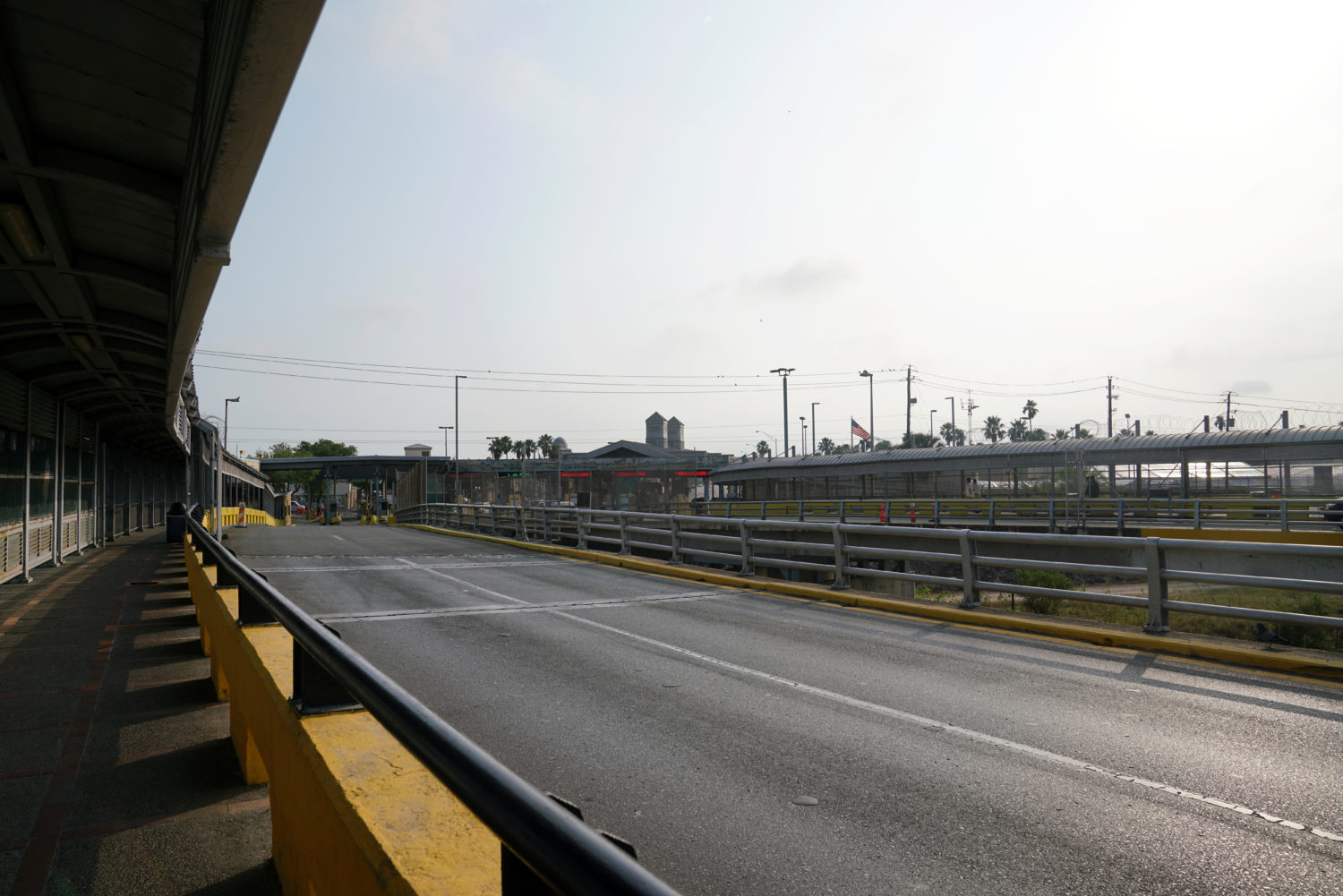
MEXICO CITY (Reuters) – U.S. officials on Thursday brought a first group of people from the Matamoros migrant camp at Mexico’s border with Texas into the United States, where they will be allowed to carry out their asylum applications, migrant rights organizations said.
Some camp residents have lived there for more than a year under former President Donald Trump’s Migrant Protection Protocols (MPP) program requiring asylum seekers to wait in Mexico for U.S. court hearings.
President Joe Biden’s administration has said a new process will gradually allow thousands of MPP asylum seekers to await courts’ decisions within the United States, and some migrants last week were permitted to cross into San Ysidro, California.
The International Organization for Migration (IOM) said 27 migrants crossed the bridge from Matamoros into Texas on Thursday morning.
Francisco Gallardo, who runs a migrant shelter in Matamoros and provides humanitarian aid at the camp, welcomed the news but said the transfer of asylum-seekers to the United States should have come sooner.
“It’s good that they are doing it, but unfortunately coming late,” he said.
Freezing temperatures at the U.S.-Mexico border had made the Matamoros camp a priority, the Department of Homeland Security said on Wednesday.
Mexico’s migration institute did not immediately respond to a request for comment.
(Reporting by Lizbeth Diaz and Daina Beth Solomon; Editing by Frances Kerry)



